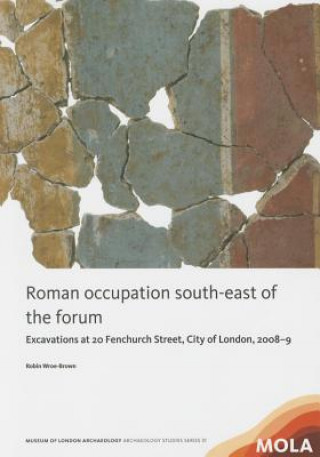
Kód: 05027912
Roman Occupation South-East of the Forum
Autor Robin Wroe-Brown
Excavations near the Roman forum on Londinium's eastern hill (modern Cornhill) have revealed archaeological evidence from the earliest period of London's history. There was intensive domestic occupation on the site from c. AD 50-5 ... celý popis
- Jazyk:
 Angličtina
Angličtina - Vazba: Brožovaná
- Počet stran: 128
Nakladatelství: Museum of London Archaeology, 2015
- Více informací o knize

551 Kč
Dostupnost:
50 % šance Máme informaci, že by titul mohl být dostupný. Na základě vaší objednávky se ho pokusíme do 6 týdnů zajistit.
Máme informaci, že by titul mohl být dostupný. Na základě vaší objednávky se ho pokusíme do 6 týdnů zajistit.Prohledáme celý svět
Mohlo by se vám také líbit
Dárkový poukaz: Radost zaručena
- Darujte poukaz v libovolné hodnotě a my se postaráme o zbytek.
- Poukaz se vztahuje na celou naši nabídku.
- Elektronický poukaz vytisknete z e-mailu a můžete ihned darovat.
- Platnost poukazu je 12 měsíců od data vystavení.
Informovat o naskladnění knihy
Zadejte do formuláře e-mailovou adresu a jakmile knihu naskladníme, zašleme vám o tom zprávu. Pohlídáme vše za vás.
Více informací o knize Roman Occupation South-East of the Forum
Nákupem získáte 55 bodů
 Anotace knihy
Anotace knihy
Excavations near the Roman forum on Londinium's eastern hill (modern Cornhill) have revealed archaeological evidence from the earliest period of London's history. There was intensive domestic occupation on the site from c. AD 50-5, which was interrupted by the Boudican fire of AD 60/61. The north-east corner of a temporary fort of c. AD 63-85 was found immediately to the east, at Plantation Place, and reconstruction of the plan of this fort indicates that 20 Fenchurch Streetsite would have lain within it. Scant evidence for this was recovered but finds include lorica segmentata armour fittings and a possible spear butt. Possibly fort-related features include clay-and-timber buildings, a large timber-lined water tank and a metalworking workshop. After the fort was demolished, the later 1st-century AD occupation of the site was again domestic in character, with a succession of short-lived clay-and-timber buildings constructed across the area. During the 2nd century AD the pattern of activity changed, with longer lasting masonry buildings replacing the clay-and-timber constructions. The final Roman structure on the site was a 3rd-century masonry cellar. The finds recovered have a heavily domestic bias, with household and personal items, including a large group of dress accessories. A comprehensive collection of pottery, with a wealth of early Roman material, includes mid 1st-century AD wares.
 Parametry knihy
Parametry knihy
Zařazení knihy Knihy v angličtině Humanities Archaeology Archaeology by period / region
551 Kč
- Plný název: Roman Occupation South-East of the Forum
- Autor: Robin Wroe-Brown
- Jazyk:
 Angličtina
Angličtina - Vazba: Brožovaná
- Počet stran: 128
- EAN: 9781907586248
- ID: 05027912
- Nakladatelství: Museum of London Archaeology
- Hmotnost: 498 g
- Rozměry: 299 × 210 × 9 mm
- Datum vydání: 13. January 2015
Oblíbené z jiného soudku
-
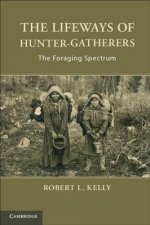
Lifeways of Hunter-Gatherers
858 Kč -

Lost Technologies of Ancient Egypt
510 Kč -

Magicians of the Gods
279 Kč -
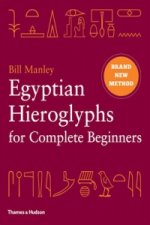
Egyptian Hieroglyphs for Complete Beginners
357 Kč -
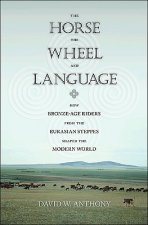
Horse, the Wheel, and Language
776 Kč -

War before Civilization
679 Kč -
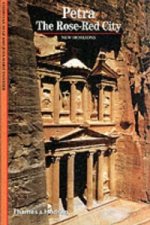
Petra
222 Kč -
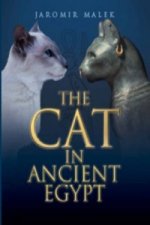
Cat in Ancient Egypt
303 Kč -
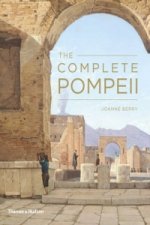
Complete Pompeii
543 Kč -
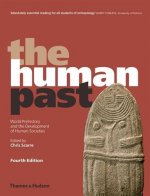
Human Past
1657 Kč -

Scenes from Prehistoric Life
677 Kč -

Across Atlantic Ice
1076 Kč -

Book of Enoch
812 Kč -
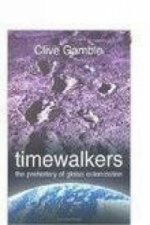
Timewalkers
488 Kč -
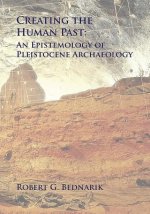
Creating the Human Past
1009 Kč -
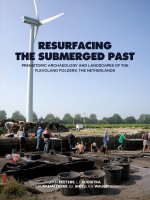
Resurfacing the Submerged Past
1754 Kč -
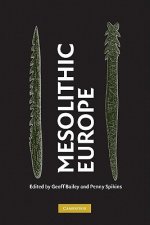
Mesolithic Europe
3659 Kč -

American Beginnings
2119 Kč -

Lindow Man
385 Kč -
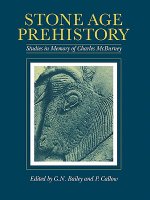
Stone Age Prehistory
1257 Kč -
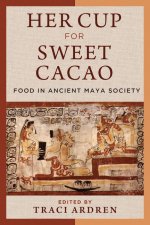
Her Cup for Sweet Cacao
1671 Kč -
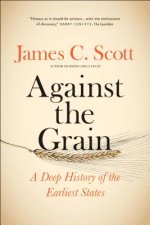
Against the Grain
476 Kč -
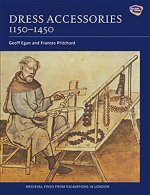
Dress Accessories, c. 1150- c. 1450
898 Kč -
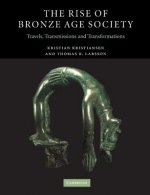
Rise of Bronze Age Society
2032 Kč -
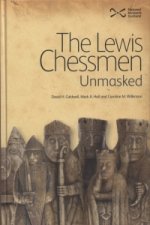
Lewis Chessmen: Unmasked
247 Kč -
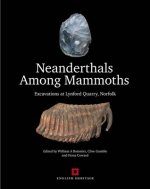
Neanderthals Among Mammoths
4995 Kč -

Biblical Archaeology: A Very Short Introduction
249 Kč -
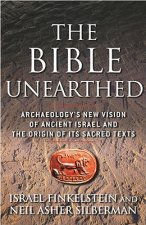
Bible Unearthed
426 Kč -

Seismosaurus
2763 Kč -
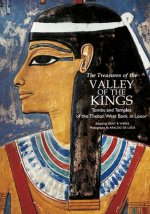
Treasures of the Valley of the Kings
725 Kč -

Divine Creatures
606 Kč -

Tutankhamun
810 Kč -
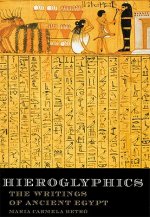
Hieroglyphics
739 Kč -
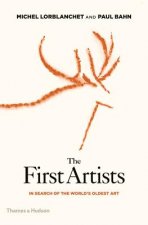
First Artists
543 Kč -
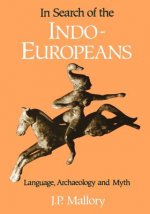
In Search of the Indo-Europeans
756 Kč -
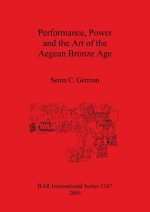
Performance Power and the Art of the Aegean Bronze Age
1481 Kč -

Tasting the Past
674 Kč -
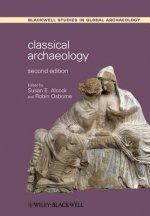
Classical Archaeology 2e
1082 Kč -

Upper Pleistocene Prehistory of Western Eurasia
2126 Kč -

Humans at the End of the Ice Age
5094 Kč -

Medieval European Coinage: Volume 14, South Italy, Sicily, Sardinia
2340 Kč -
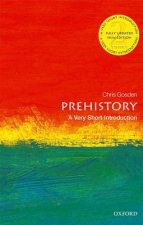
Prehistory: A Very Short Introduction
249 Kč -
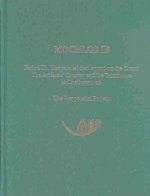
Mochlos IB
3082 Kč -

Salt in Prehistoric Europe
885 Kč -
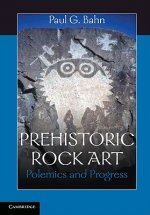
Prehistoric Rock Art
856 Kč -
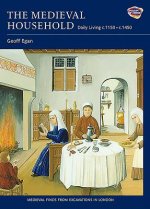
Medieval Household
1376 Kč -
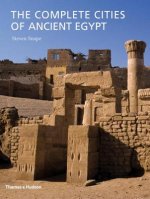
Complete Cities of Ancient Egypt
764 Kč -
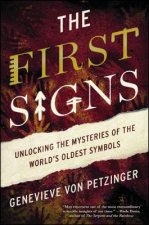
First Signs
330 Kč -
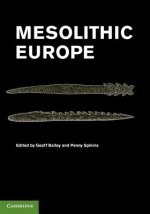
Mesolithic Europe
1783 Kč
Osobní odběr Praha, Brno a 12903 dalších
Copyright ©2008-24 nejlevnejsi-knihy.cz Všechna práva vyhrazenaSoukromíCookies


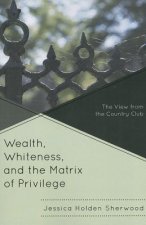




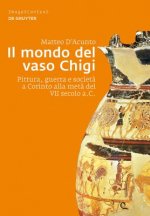
 Vrácení do měsíce
Vrácení do měsíce 571 999 099 (8-15.30h)
571 999 099 (8-15.30h)